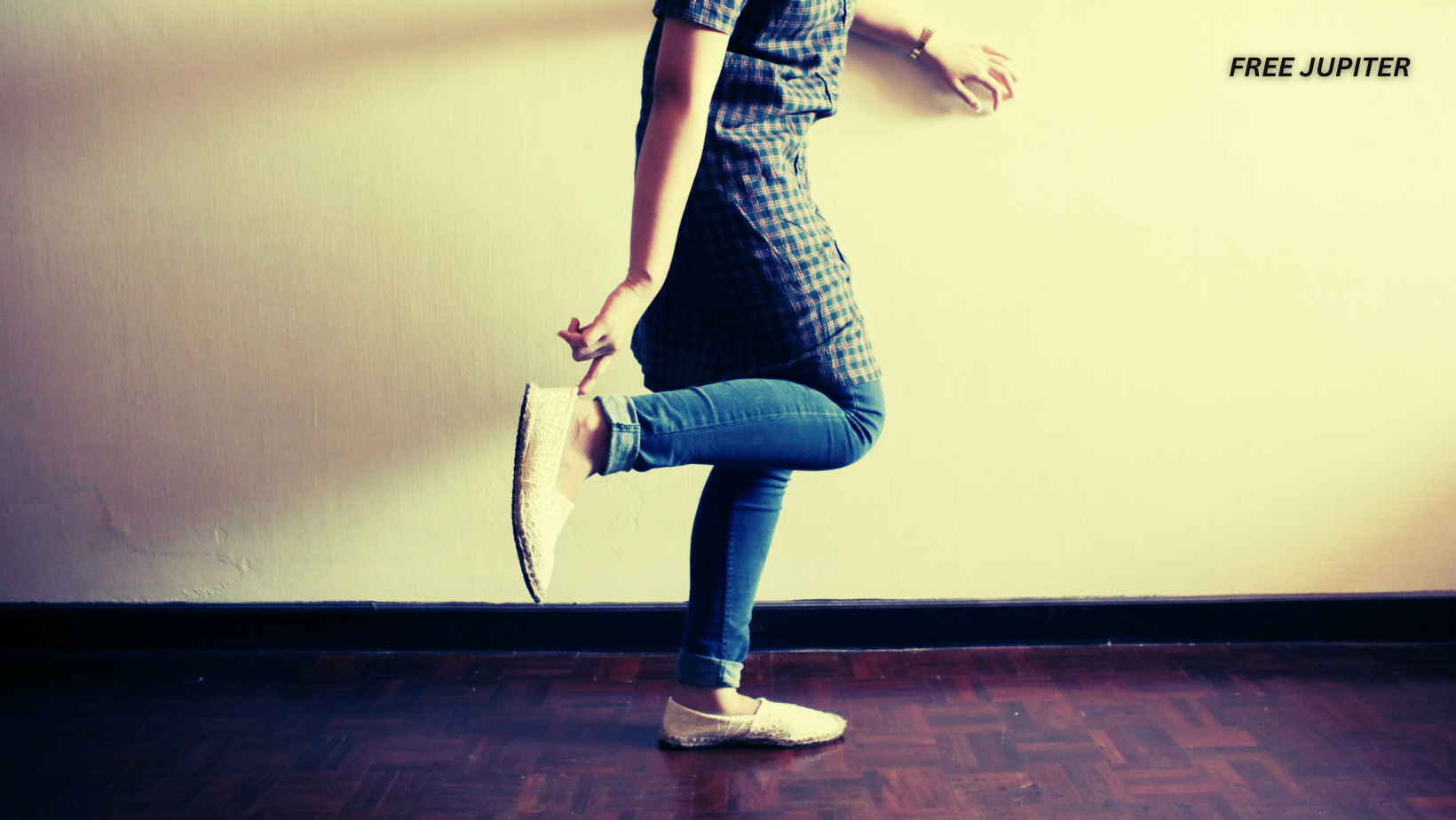Balancing on one leg is a common stance seen in flamingos and various bird species, but it turns out this simple act can also serve as an indicator of overall health. Recent research suggests that the ability to maintain this position may provide insight into an individual’s well-being, particularly as they age.
A study focused on individuals aged 50 and older examined how long they could sustain a one-legged stance. The findings revealed a significant decline in balance with age, which outpaced the deterioration of both gait and muscle strength. Published in the journal PLOS One, the study underscores the importance of balance in assessing physical health.
According to Dr. Kenton Kaufman, a research scientist and professor at the Mayo Clinic in Rochester, Minnesota, balance serves as a reflection of multiple bodily systems working in unison. He explains that maintaining good balance allows individuals to perform daily activities without the constant fear of falling, ultimately leading to a better quality of life and promoting healthy aging.
The study included 40 participants, all in relatively good health and free from neuromuscular disorders. Data showed that the duration of a one-legged stance decreased by 2.2 seconds per decade on the nondominant leg and by 1.7 seconds per decade on the dominant leg. These patterns were observed consistently in both men and women, even after accounting for variations in body size.
Read more: The Reason It Feels So Hard to Let Go of the Person Who Hurt You
What’s the Ideal Balance Duration?
The ability to balance on one leg is linked to injury prevention, and those struggling to maintain the position for more than five seconds could face an increased risk of falls. Kaufman points out that balance is a crucial factor in reducing fall-related injuries, particularly as people age.
Another study conducted in June 2022 further emphasized the importance of balance, revealing that individuals unable to stand on one leg for 10 seconds faced an 84% higher risk of death from any cause.
As a general guideline, younger individuals (below 70) should aim to balance for at least 30 seconds, while those aged 70 to 79 should target around 20 seconds. For individuals over 80, being able to hold the stance for at least 10 seconds is considered ideal.
Research has also linked balance ability to overall cognitive and physical health. A study published in the British Journal of Sports Medicine found that participants aged 51 to 75 who failed a 10-second one-legged stance test had a greater likelihood of underlying health issues, including cardiovascular disease, high blood pressure, and diabetes. Balance testing is now being considered as a routine assessment for middle-aged and older individuals to detect early signs of declining health.
In addition, a 2013 study published in the journal Stroke found that individuals who struggled with the one-legged balance test were more likely to have experienced small, undetected strokes. These micro-strokes, though initially unnoticed, can lead to cognitive impairment and increase the risk of larger strokes in the future.
Balance is essential not just for preventing injuries but also for maintaining independence in older adulthood. A lack of stability increases the likelihood of falls, which can lead to fractures, hospitalizations, and a decline in mobility. The Centers for Disease Control and Prevention (CDC) reports that falls are the leading cause of injury-related deaths among older adults. This further underscores why balance training should be prioritized at every stage of life.
Performing this simple test requires no special equipment, making it a convenient way to assess one’s health at home. Kaufman notes that struggling to maintain balance for even a few seconds may indicate underlying health conditions, such as cardiovascular issues or neurological disorders like stroke, dementia, or Parkinson’s disease. Additionally, certain medications may have side effects that impair balance. If an individual consistently fails to hold the stance for over five seconds, consulting a healthcare professional is advised.
Enhancing Balance in Later Years
While the study primarily focused on individuals aged 50 and above, balance training is beneficial for people of all ages. Kaufman stresses the importance of maintaining and improving balance early in life to preserve it well into older adulthood.
Dr. Anat Lubetzky, a physical therapy professor at New York University, echoes this sentiment. She highlights the necessity of practicing various balance-related tasks, including walking while talking, turning the head quickly, reacting to unexpected movements, navigating in the dark, and adapting to different surfaces. Though she was not directly involved in the study, her expertise supports the findings that balance training should be an ongoing part of daily life.
Practicing one-legged stances is valuable, but Lubetzky points out that focusing solely on this exercise is not enough. A comprehensive balance-training approach should include a mix of static and dynamic exercises, as well as overall strength training.
To enhance stability, engaging in structured fitness programs, such as yoga or specialized balance classes, is recommended. These routines often incorporate standing on one leg for 30 to 60 seconds per session, helping to build endurance and coordination. Tai chi, a form of exercise that emphasizes slow, controlled movements, has also been shown to significantly improve balance and reduce the risk of falls in older adults.
An easy at-home exercise suggested by Lubetzky is putting on a sock while standing on one foot—taking care not to rush or lose stability. Another effective method is the tandem stance, where an individual stands with one foot directly in front of the other, challenging their balance in a safe and controlled manner.
Other activities that promote stability include walking on uneven surfaces, such as grass or sand, and practicing shifting weight from one foot to the other. Strength training, particularly exercises that target the core and lower body, plays a crucial role in balance maintenance as well. Squats, lunges, and leg raises can help build the necessary muscle strength to support better stability.
Additionally, engaging in balance board exercises, where one stands on an unstable surface, can help activate stabilizing muscles and improve coordination. Dance classes, especially those that incorporate quick turns and changes in movement, are also beneficial for enhancing agility and stability.
Read more: Physical Health Issues The Astronauts Are Now Facing After Being Stranded In Space For 9 Months
Research suggests that dual-task training—practicing balance while performing a cognitive task, such as counting backward or reciting words—can further enhance stability. Studies have found that incorporating mental challenges into balance training improves overall body awareness and reduces fall risk, especially in older adults.
Healthcare professionals recommend integrating balance exercises into daily routines rather than treating them as a separate workout. Simple changes, such as brushing teeth while balancing on one foot, walking heel-to-toe across a room, or standing on tiptoes while cooking, can gradually improve stability over time.
Ultimately, prioritizing balance can contribute to a healthier, more independent life. By incorporating simple exercises into daily routines, individuals can improve stability, reduce fall risk, and support long-term well-being. Developing strong balance skills early on and continuing to challenge them over time ensures that aging is met with resilience and confidence.










